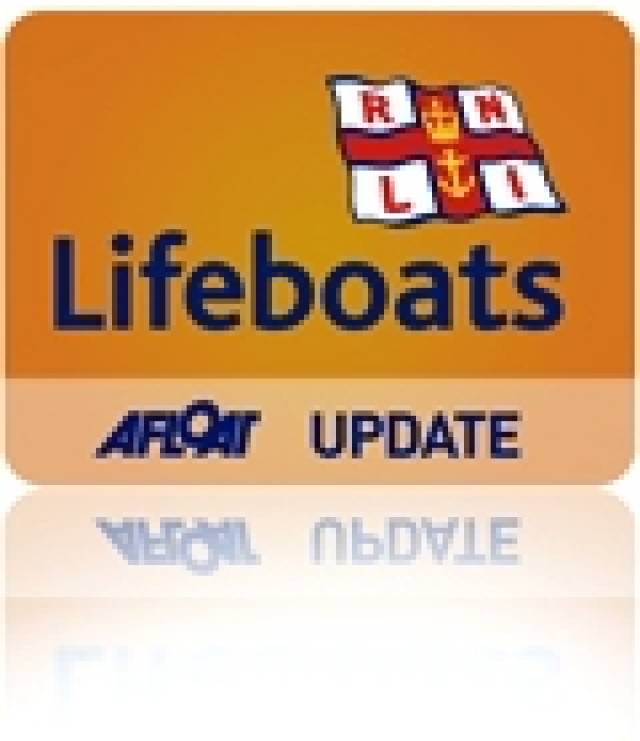Bangor Lifeboat launched at 11:40 am on Monday 24th January to rescue two canoeists from a stretch of water lying between the Copeland Island and Donaghadee known locally as the Donaghadee Sound. One of the canoeists had apparently entered the water and was in difficulty.
Belfast Coastguard requested RNLI Bangor Lifeboat to launch.
Within minutes of the rescue pagers being activated, Bangor volunteer crew had assembled and had launched the RNLI's fast response Atlantic 85 type lifeboat the 'Jessie Hillyard '.
With a top speed of 35 knots Bangor Lifeboat quickly arrived on scene.
The Fishery Protection vessel also received the rescue alert and was by minutes the first vessel on the scene. With the Fishery Protection vessel providing a weather lee, crew from Bangor Lifeboat quickly plucked the exhausted canoeist from the water. The second canoeist was then brought aboard Bangor Lifeboat along with both canoes.
Donaghadee Lifeboat who also launched to this rescue stood close by to offer additional medical support if required.
Bangor Lifeboat accompanied by Donaghadee Lifeboat returned to Donaghadee Harbour and both canoeists were landed safely ashore.
Ewan Scott, helmsman onboard Bangor Lifeboat praised the actions of both volunteer crews. He said 'The dedication and commitment of both Bangor and Donaghadee volunteer crews is evident in the professional manner in which they undertook this rescue' He added 'We're happy that both canoeists are now safely ashore.'
Related Safety posts
RNLI Lifeboats in Ireland
Safety News
Rescue News from RNLI Lifeboats in Ireland
Coast Guard News from Ireland
Water Safety News from Ireland
Marine Casualty Investigation Board News
Marine Warnings































































